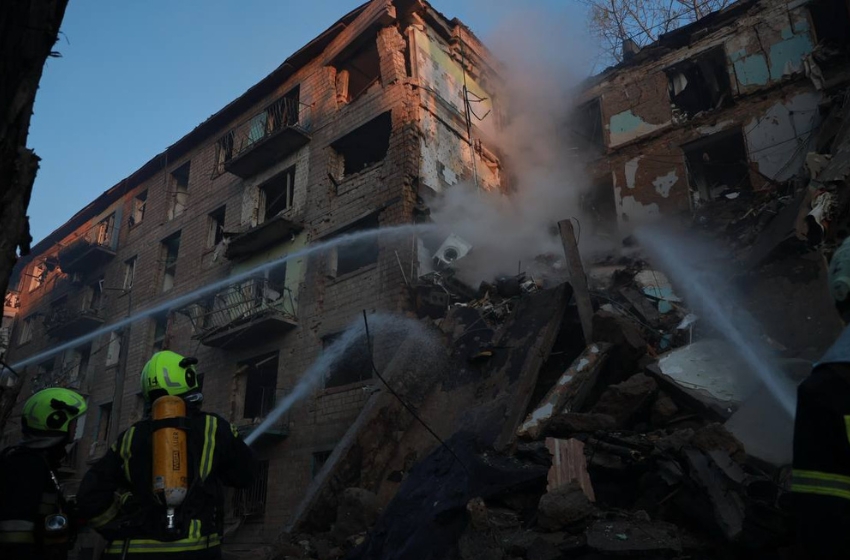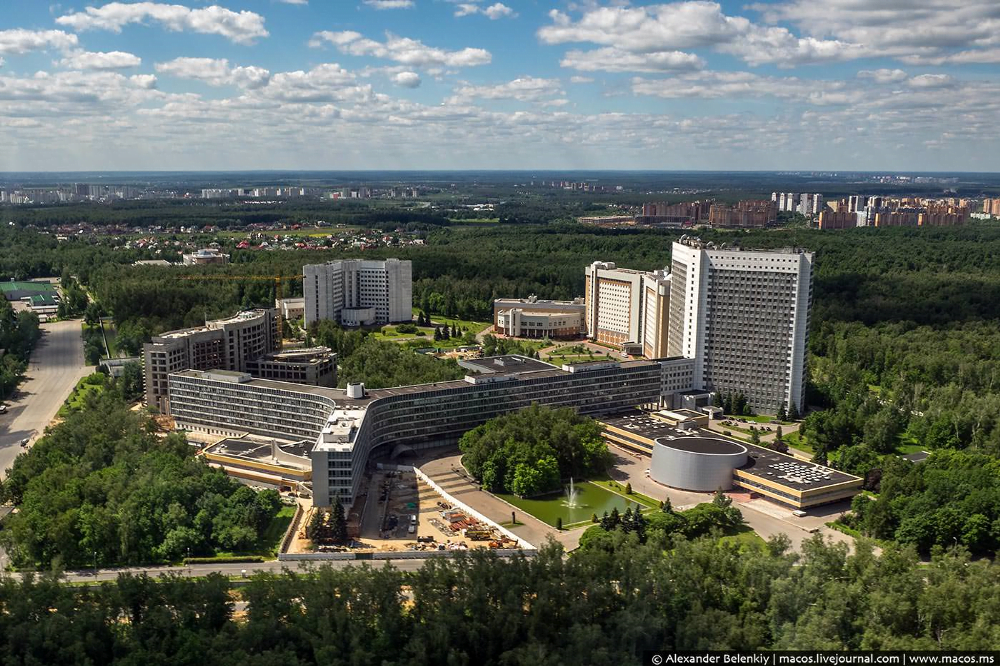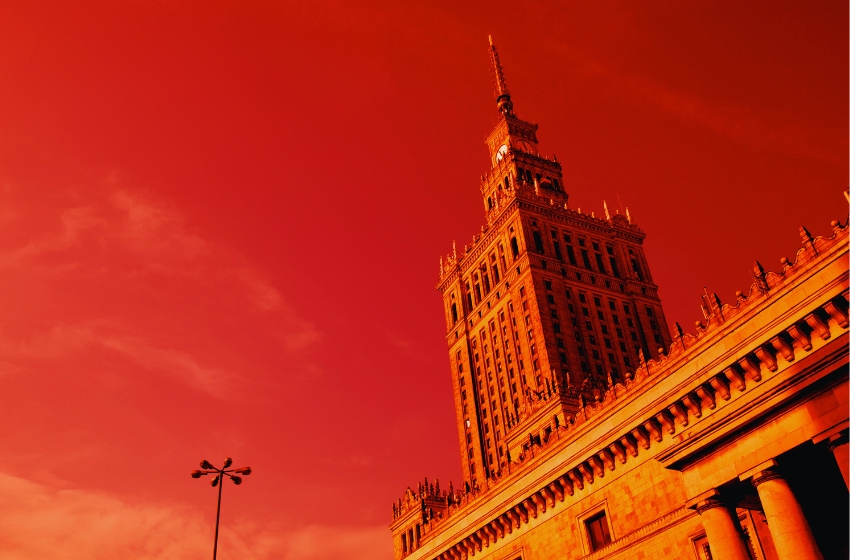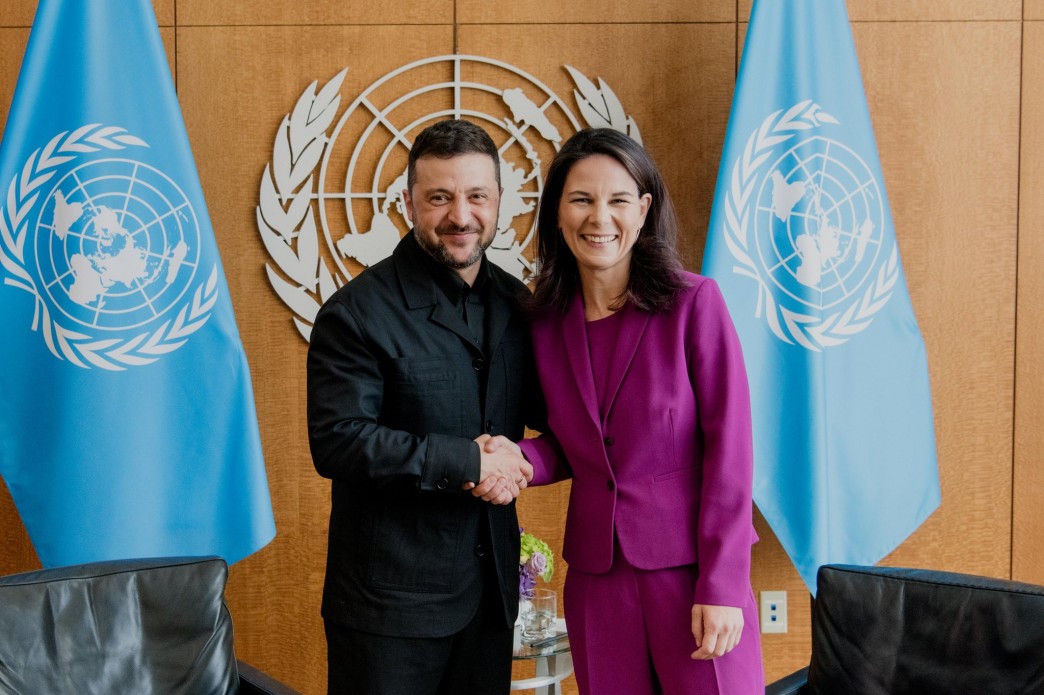Despite billions in spending, Europe should spend many times more to strengthen its military power and make wider use of Ukrainian experience.
This is the conclusion reached by experts from the Kiel Institute for the World Economy and the analytical economic center Bruegel.
“The situation today is even more concerning if Europe aims to be fit for war by 2030,” reads the study titled Fit for war by 2030? European rearmament efforts vis-à-vis Russia.
The study explains that, first, Russia continues to outproduce four European countries in many weapon systems. Therefore, “production must increase roughly fivefold to decisively tip the balance in favor of Europe.” Procurement needs to be accelerated and done early.
Second, transatlantic tensions weaken the strength of U.S. security guarantees. Europe is too dependent on the U.S., not only regarding troops that can be rapidly deployed but also strategic resources. Although overall arms imports from the U.S. are not excessive, dependence on American systems for critical modern capabilities remains an issue.
Third, military strategy and technology are rapidly evolving. Military planners must modernize weapons and strategies while scaling up existing effective systems — a serious challenge for often slow and bureaucratic procurement structures. Investing in European technologies is crucial for modernization. European weapons tend to be expensive due to low production volumes in a fragmented market; focusing on economic efficiency is vital to ensure adequacy and financial sustainability of the planned €800 billion EU defense spending.
The study notes that although European countries invest much more in defense than three years ago, this increase in spending does not necessarily translate into the military capability Europe aims to achieve by 2030.
According to the document, European production of artillery shells and howitzers has grown significantly and now almost meets the requirements for reliable, autonomous deterrence of Russia. Millions of artillery shells are currently produced, and various European firms manufacture over 400 howitzers annually—a significant increase from 168 in 2022. However, production of tanks, infantry fighting vehicles, missiles, and combat aircraft remains well below needed levels. The authors estimate that “tank and infantry vehicle production must increase up to sixfold to match Russia’s rearmament pace.” Similarly, European missile production capacities urgently need expansion to strengthen deterrence capabilities.
“Despite the sharp increase in defense spending, Europe’s rearmament efforts may fail if continental defense market integration does not progress,” said study author Guntram Wolff. He explained that placing joint orders for selected weapon systems with the most efficient European suppliers will lower prices. Large collective orders not only reduce unit costs through economies of scale but also stimulate competition by opening national markets, resulting in further savings.
Besides joint procurement, the authors believe greater attention to innovation is important to meet Europe’s defense goals.
“Arms planning must now focus more on new technologies proven effective in Ukraine,” Wolff noted. Simply scaling drone or unmanned aerial vehicle production won’t suffice, he added. Europe also needs to develop its own cloud computing infrastructure and artificial intelligence capabilities.
Meanwhile, funding for defense research and development in Europe must increase substantially. Currently, European countries invest about €13 billion annually—a small fraction of the $145 billion spent by the United States.
“This causes Europe to lag behind the U.S., China, and Russia in fields such as drones, missile systems, and digital warfare,” warned Professor Wolff.
Creating a European innovation agency modeled after the American DARPA could help close this gap. Its goal would be to ensure defense startups have equal access to contracts alongside existing players, facilitating faster deployment of advanced military systems.





















